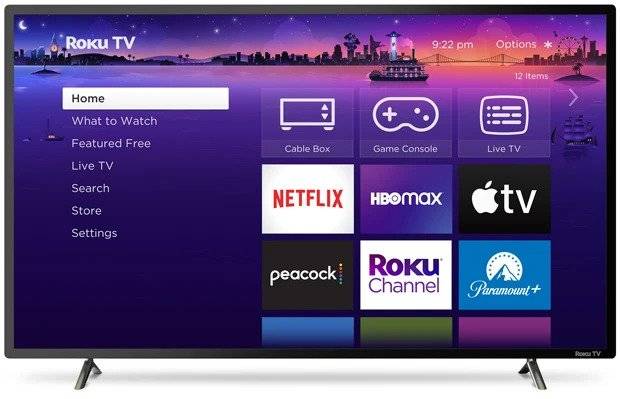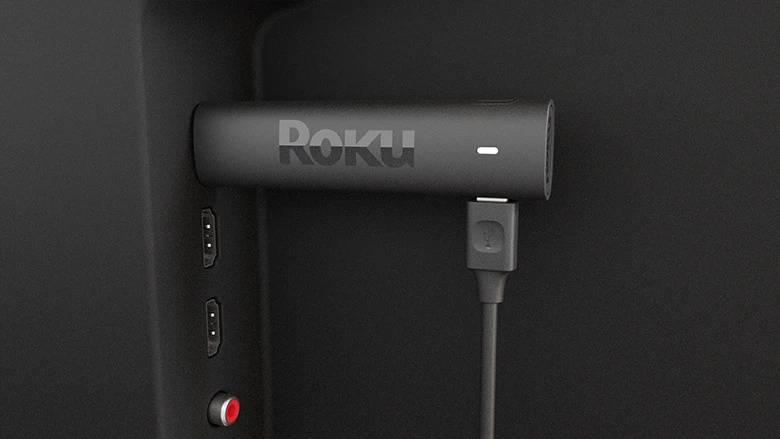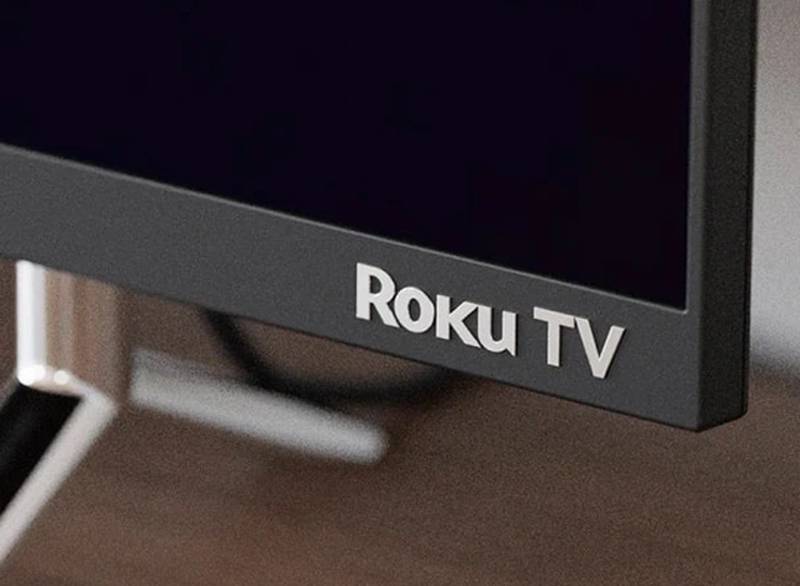
By PETER AGADA Mar, 13, 2023 Editors Pick
Roku, the streaming media company, has revealed that almost 26% of its cash reserves, totaling $487 million, are locked up at Silicon Valley Bank (SVB), which has been placed into receivership by the Federal Deposit Insurance Corporation. (FDIC). Roku made the announcement in a filing with the Securities and Exchange Commission on Friday, March 10, 2023.
The bank's receivership (FDIC) has disturbed the bank's founders, who are concerned about making payroll and other important responsibilities with insufficient resources. The FDIC only insures the first $250,000 in bank accounts, which is a fraction of the money saved by Roku and many other firms using SVB.
Roku shares fell more than 4% in extended trade following the news, raising concerns about the company's operations and stock price. Roku, on the other hand, has claimed that it intends to cover its capital commitments for the next twelve months with an untouched $1.4 billion in cash reserves held by other major financial institutions.

Notwithstanding the promises, the SVB crisis has prompted worries about the dangers of keeping huge financial reserves in a single bank. To minimize such risks in the future, businesses are encouraged to disperse their capital among numerous banks. The incident also emphasizes the significance of exercising caution while selecting financial institutions for deposit accounts.
The effect of SVB's bankruptcy will be felt for some time, and the impact on Roku and other firms having cash reserves in the bank is not certain. Roku's disclosure of its locked cash reserves, on the other hand, serves as a warning tale for corporations to diversify their risk and disperse their cash holdings among numerous banks.
What Is Roku?
Roku is a well-known company that has made remarkable contributions to the streaming industry by being the pioneer of streaming video in the living room. With its range of streaming media devices, Roku has captured a significant market share, holding about one-third of the streaming media device market. They have surpassed their competitors such as Amazon Fire TV, Apple TV, and Google Chromecast regarding the number of installed devices.
Roku offers a diverse range of streaming media devices at different price points, which are powered by their efficient Roku operating system. Customers can choose from set-top boxes and small sticks that can be conveniently connected to the back of an existing TV, or opt for an all-in-one Roku TV that incorporates the Roku experience into a flat-screen LCD TV.
Overall, Roku has established itself as a reliable and innovative company in the streaming industry, providing customers with quality products and an enjoyable streaming experience.

What Distinguish Roku From Others?
Roku's popularity came from several factors that make it stand out in the streaming industry.
Roku has been a trusted player in the market since 2008, providing users with a reliable and established support system.
Roku's approach to streaming services sets it apart from its competitors. Unlike Amazon, Apple, and Google, which often block each other's services on their own devices, Roku is compatible with all streaming services. This means that users can access a vast array of streaming services on the Roku platform.
Roku devices are incredibly easy to use. Simply plug them in, and you're good to go. There are no complicated setups or frustrating procedures to deal with.
Roku offers a broad range of players at affordable prices, ensuring that users can find the perfect unit to meet their needs.
How Does Roku Work?
Setting up a Roku streaming media player is easy and straightforward. The device connects to your TV via HDMI, either directly for a Roku stick or via an HDMI cable for a set-top box. In contrast, Roku TVs come with a built-in Roku device, eliminating the need for an additional device. All Roku players and TVs require internet connectivity, which is typically achieved wirelessly through Wi-Fi.
While most Roku devices work seamlessly with a Wi-Fi connection, some, like the high-end Roku Ultra streaming media player and certain Roku TVs, come with Ethernet connections for a more stable wired connection. Installing specific channels or apps on Roku is fast, as you can access the Roku Channel Store directly from the home screen. From here, you can add or remove channels at will, and installing a new channel is always free.
Navigating the Roku interface is intuitive, with the Home screen serving as the central hub for all your channels. The Streaming Channels screen takes you to the Roku Channel Store, while the 'Settings screen' provides access to all of Roku's settings and options. You can also search for specific programs or actors from the Search screen.
The Home screen's customizable tiles allow you to rearrange the channels in any order you wish, giving you complete control over your Roku viewing experience. You can use the included remote control or download the Roku mobile app to control your Roku player or Roku TV from your smartphone. Additionally, Alexa voice commands can be used to control Roku players via an Amazon Echo device or your phone. Overall, Roku's user-friendly design and extensive customization options make it a great choice for all your streaming needs.

10+ Things You Can Watch on Roku
Roku users can access a vast selection of channels, providing both subscription-based and ad-supported services with on-demand and live content options. Roku also offers various topic-specific channels, which cater to different interests. Some of the most in-demand streaming video services available on Roku are
2. Apple TV+
3. BritBox
4. Disney+
5. ESPN+
6. Freevee
7. fuboTV
8. HBO Max
9. Hulu
10. Netflix
11. Pandora
12. Paramount+
13. Peacock
14. Pluto TV
15. Sling TV
16. Spotify
17. YouTube
18. Discovery+
Furthermore, Roku has its channel, The Roku Channel, which is entirely free and offers a broad range of movies and TV shows.

List of Roku Devices That Aid Streaming
Roku offers a range of streaming media devices to suit different needs, with various models in each category. The three main types of devices are:
Set-top boxes: These standalone devices connect to your TV via an HDMI cable. They include the Roku Express, Roku Express 4K, and Roku Ultra.
Streaming sticks: These small devices, about the size of a pack of gum, connect directly to your TV's HDMI input. They include the Roku Streaming Stick and Roku Streaming Stick 4K.
Roku TVs: These are large-screen LCD TVs with Roku streaming built-in, manufactured by various companies such as Hisense, Hitachi, Insignia, RCA, Sharp, TCL, and Westinghouse. They come in a variety of screen sizes, from 32 inches to 85 inches.
For those who prioritize high-quality sound, the Roku Streambar is an all-in-one home entertainment device that offers 4K and HDR streaming along with premium sound, without requiring an extra speaker. With a range of options to choose from, Roku has a device to fit your streaming needs.

How Much Is Roku?
Roku offers a wide range of players and TVs at various price points, ensuring there is an option available for every budget. For those looking for a simple streaming device, a Roku stick can be purchased for as little as $24.99. For those seeking a larger viewing experience, a Roku TV is available at higher price points, reaching over $1,000 for larger screen sizes. It's worth noting that there are no fees associated with using a Roku player or TV itself, as Roku does not charge a subscription fee for its service. However, subscription fees for individual streaming services such as Netflix or HBO Max may apply, as these services are not included with a Roku device.
Tags: Silicon Valley Bank Roku Amazon
Share On Facebook Twitter Linkedin Whatsapp Telegram
Categories
Latest Post
- Boeing Shares Rise as CEO Confirms China Deliveries to Resume Next Month
- STOCK SPOTLIGHT: UNION HOMES REAL ESTATE INVESTMENT TRUST (UHREIT)
- Nvidia Q1 2025 Earnings Report Summary
- 📉 U.S. Market Summary – May 28, 2025
- CBN Launches New Financial Tools to Boost Nigeria’s Non-Interest Banking Sector! ✨
- Market Watch: Key Updates as Wall Street Awaits Nvidia and Salesforce Earnings
- U.S. Equity Markets Rally as EU Tariff Deadline Is Extended and Consumer Confidence Surges
- Things to Know Before the U.S. Stock Market Opens
- What to Expect in the Markets This Week (May 27–31)
- Market Recap – Thursday, May 22, 2025

Start investing with Acorns today! Get $5 when you use my invite link: Z24WWE
